The CHUSBIE552 has many features that will be useful for developing with the CH552. The board is fitted with either the CH552T and the cheaper CH552G for those who need less IO pins.
The CHUSBIE552 has:
- CH552T or CH552G MCU
- 2 x indicator Leds on P3.0 and P3.1 for easy debugging.
- Micro USB socket for programming and native USB operations.
- Power Led
- landings for optional external HC49 crystal and load capacitors for precise timing operations.
- Bootloader select button
- Reset Button
- Breadboard friendly pinout
Features Added for V2
- USB-C port with USB-PB control (feature on the CH552 can be over-ridden)
- VCC reverse protection.
- VBUS back-powering protection ( Protects Host device from back-powering can be over-ridden)
- Pin for V-BUS made available on pinout
Features of the CH552
- Enhanced E8051 core MCS51 compatible instruction set which 79% of single-byte instructions are single cycle instructions, instruction average
- Faster than standard MCS51 8 - 15 times, specific data XRAM fast copy instruction, dual DPTR pointer
- 16KB capacity reprogrammable non-volatile memory ROM, may all be used to program memory space; or may be divided as for a 2kB Bootloader
- DataFlash: 128 bytes of data can be repeatedly rewritable nonvolatile memory, support rewriting data in bytes
- RAM: 256 bytes of internal iRAM, can be used for temporary storage and fast data stack; 1KB xRAM for slower bulk storage.
- USB: Embedded USB transceiver and the USB controller support the USB-Device device mode, supports USB type-C master-slave detection,Support USB 2.0 full-speed 12Mbps or low-speed 1.5Mbps. Supports up to 64-byte packets, the FIFO built, supports DMA
- Timer: 3 sets a timer, T0 / T1 / T2 standard MCS51 timer.
- Capture: Timer T2 extended to support 2-channel signal capture.
- PWM: PWM outputs 2, PWM1 / PWM2 2 8-bit PWM output.
- UART: 2 groups of asynchronous serial ports, support higher baud rate, UART0 standard MCS51 serial port.
- SPI: SPI controller built-in the FIFO, up to half the clock frequency of the system frequency Fsys with serial data input and output. Simplex multiplexing, supports Master / Slave mode from the master
- ADC: 4 channel 8-bit A / D analog-digital converter, a voltage comparator support.
- Touch-Key: 6-channel capacitive sensing, supports up to 15 touch keys, support independent timer interrupt.
- GPIO: GPIO pins support up to 17 (inclusive XI / XO and RST signal pins and USB).
- Interrupt: Support group interrupt signal source 14, including a standard group 6 MCS51 compatible interrupt (INT0, T0, INT1, T1, UART0, T2), and an extended set of 8 interrupt (SPI0, TKEY, USB, ADC, UART1, PWMX, GPIO, WDOG), wherein the GPIO interrupts may be selected from seven pins.
- Watch-Dog: 8-bit watchdog timer preset WDOG, support the timer interrupt.
- Reset: reset signal supports four source, and internal power-on reset, reset and watchdog timeout support software reset, optional outer pin Reset input unit.
- Clock: Built 24MHz clock source, may be supported by multiplexing GPIO pin external crystal.
- Power: low-dropout voltage regulator 5V to 3.3V, 3.3V, or even support 2.8V 5V supply voltage. Support low power Wake from sleep, support for USB, UART0, UART1, SPI0 as well as external GPIO wake.
- Chip built a unique ID number.
 Gee Bartlett
Gee Bartlett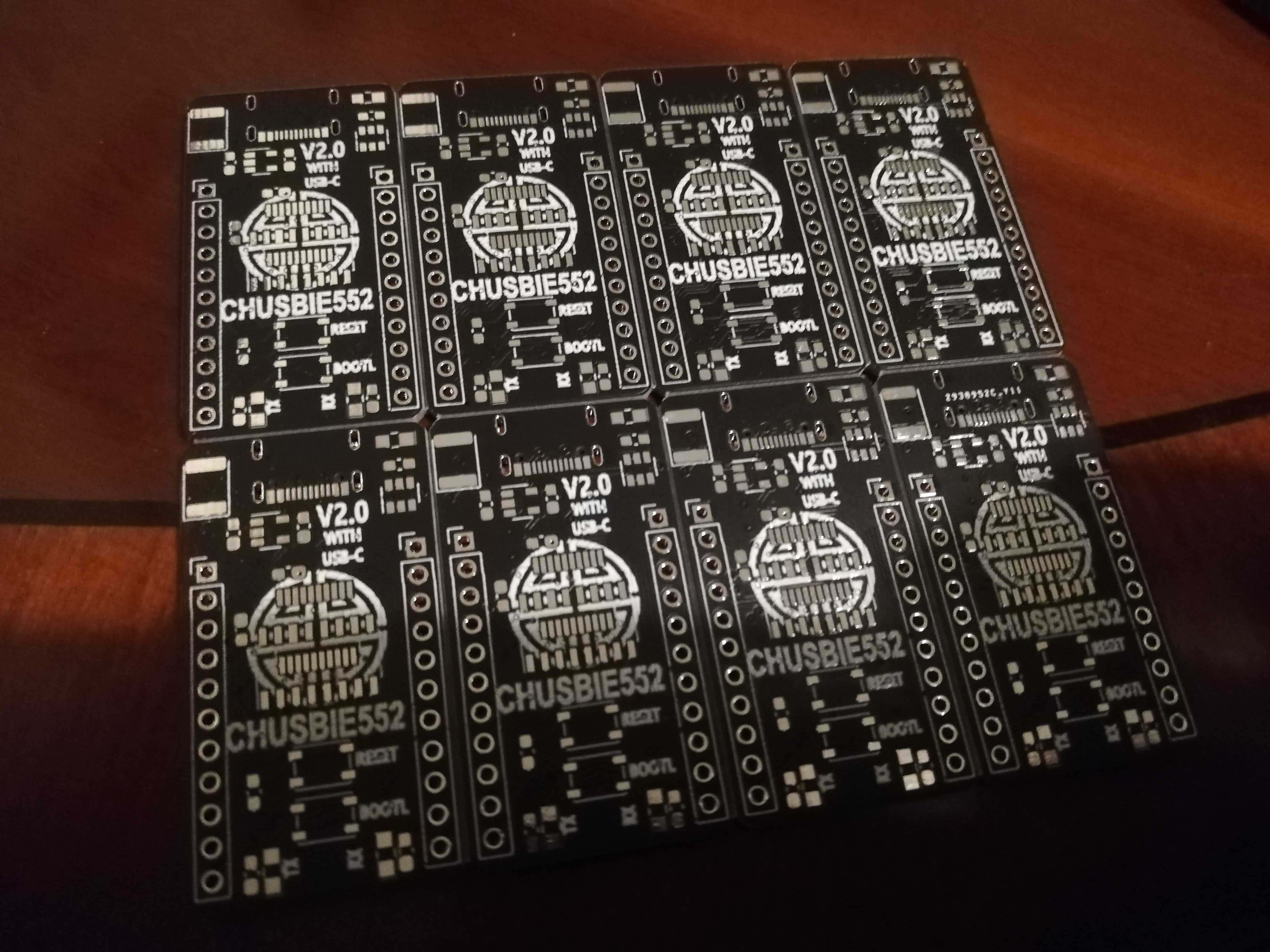
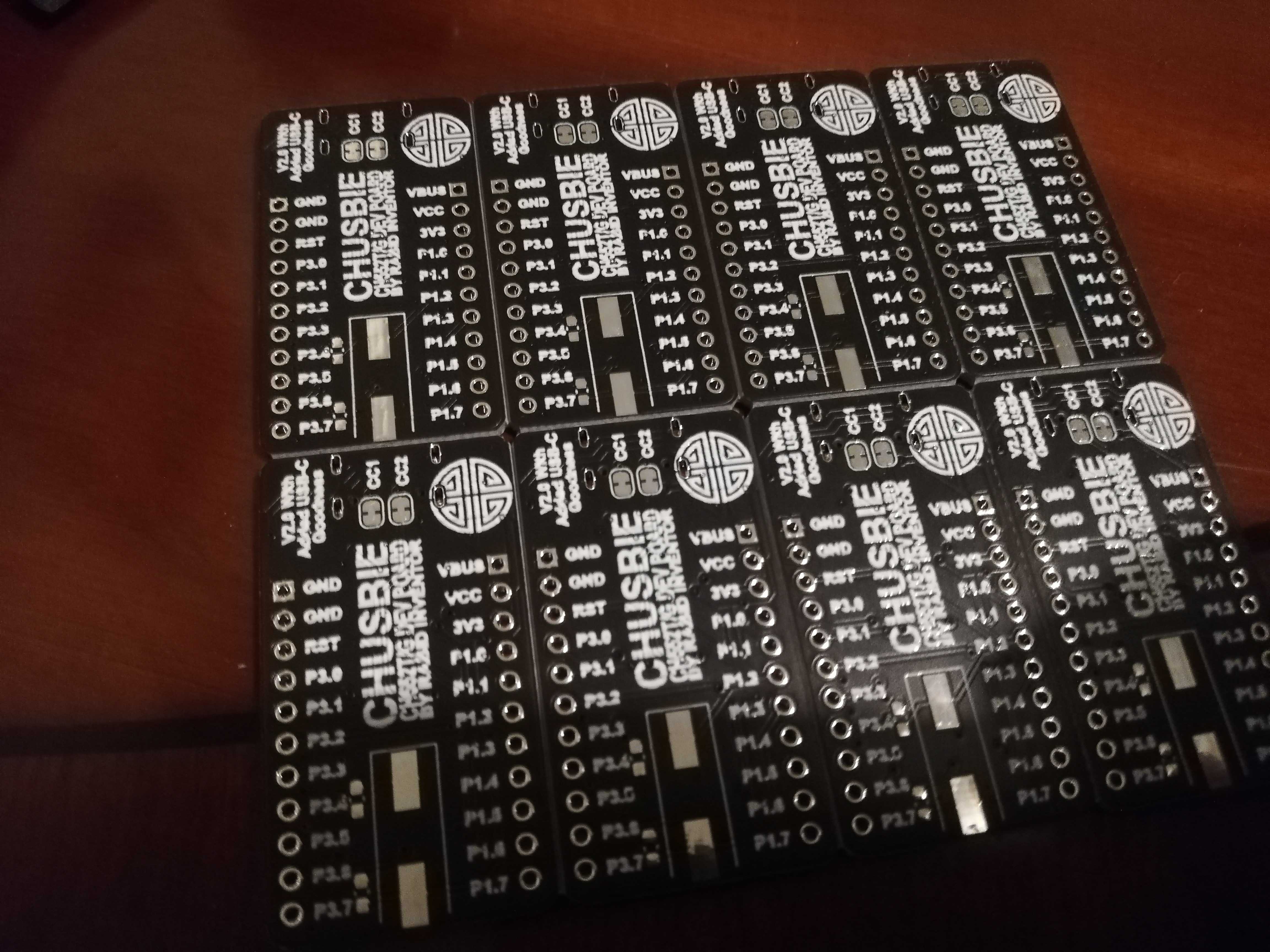
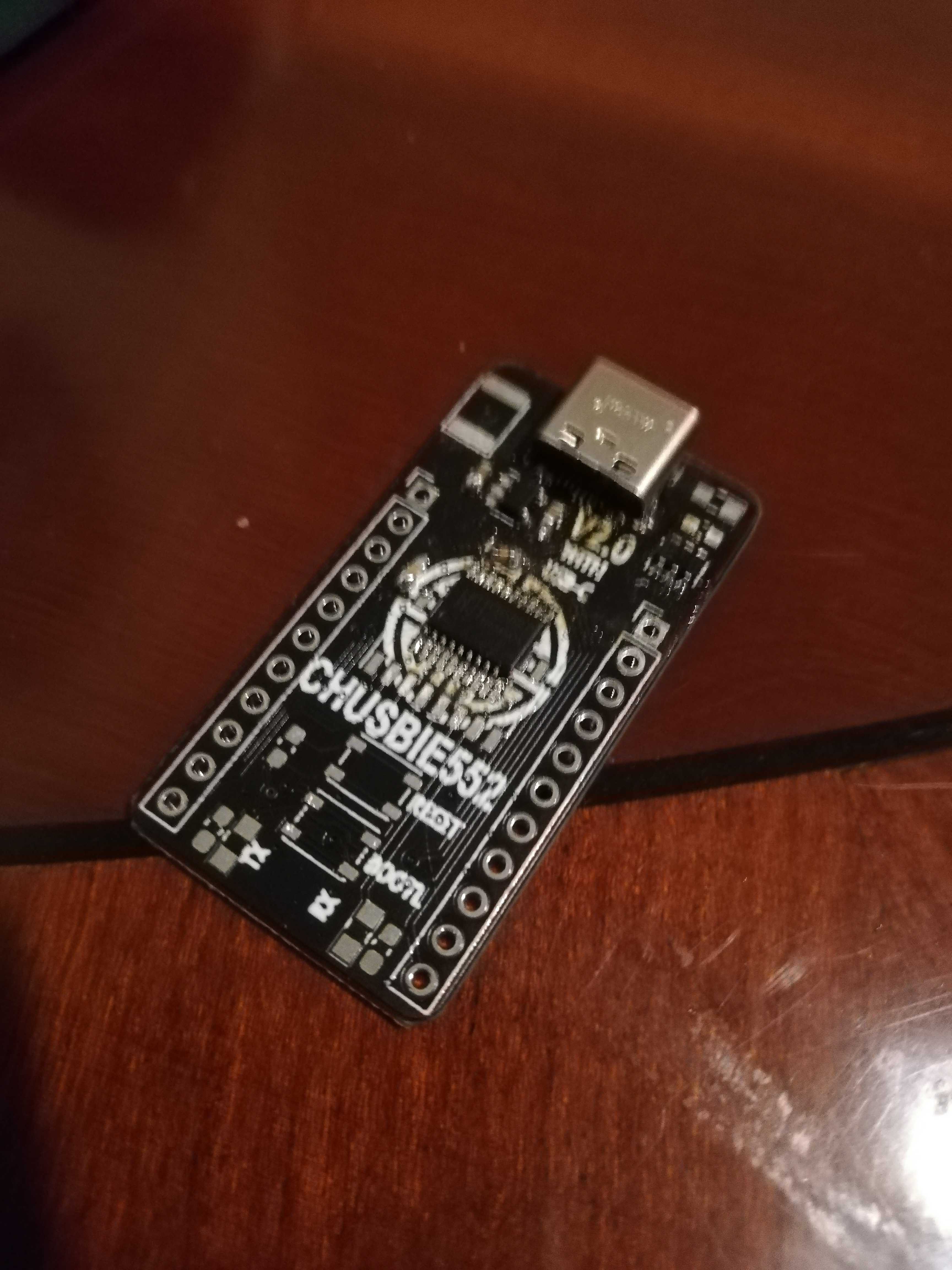
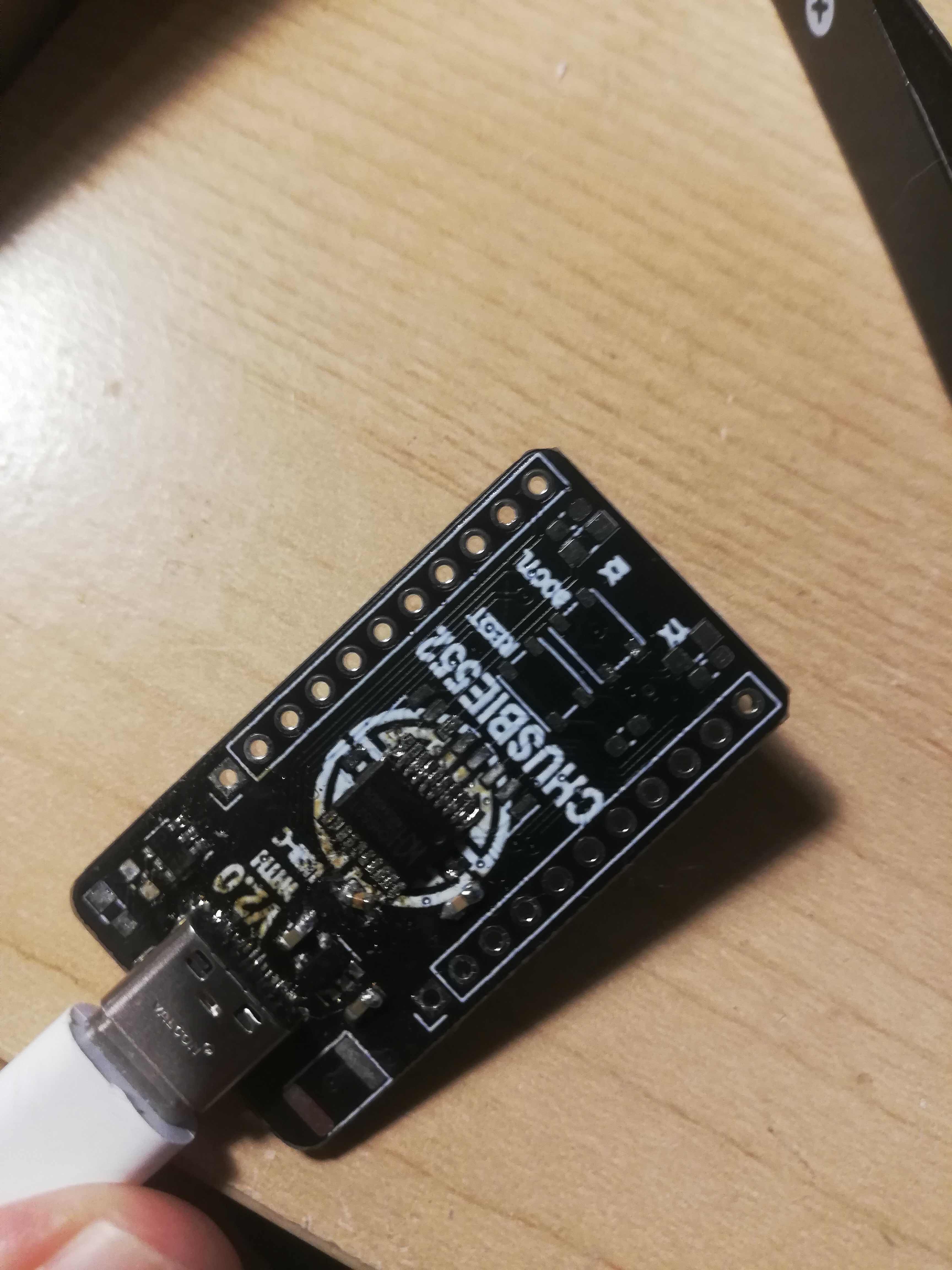
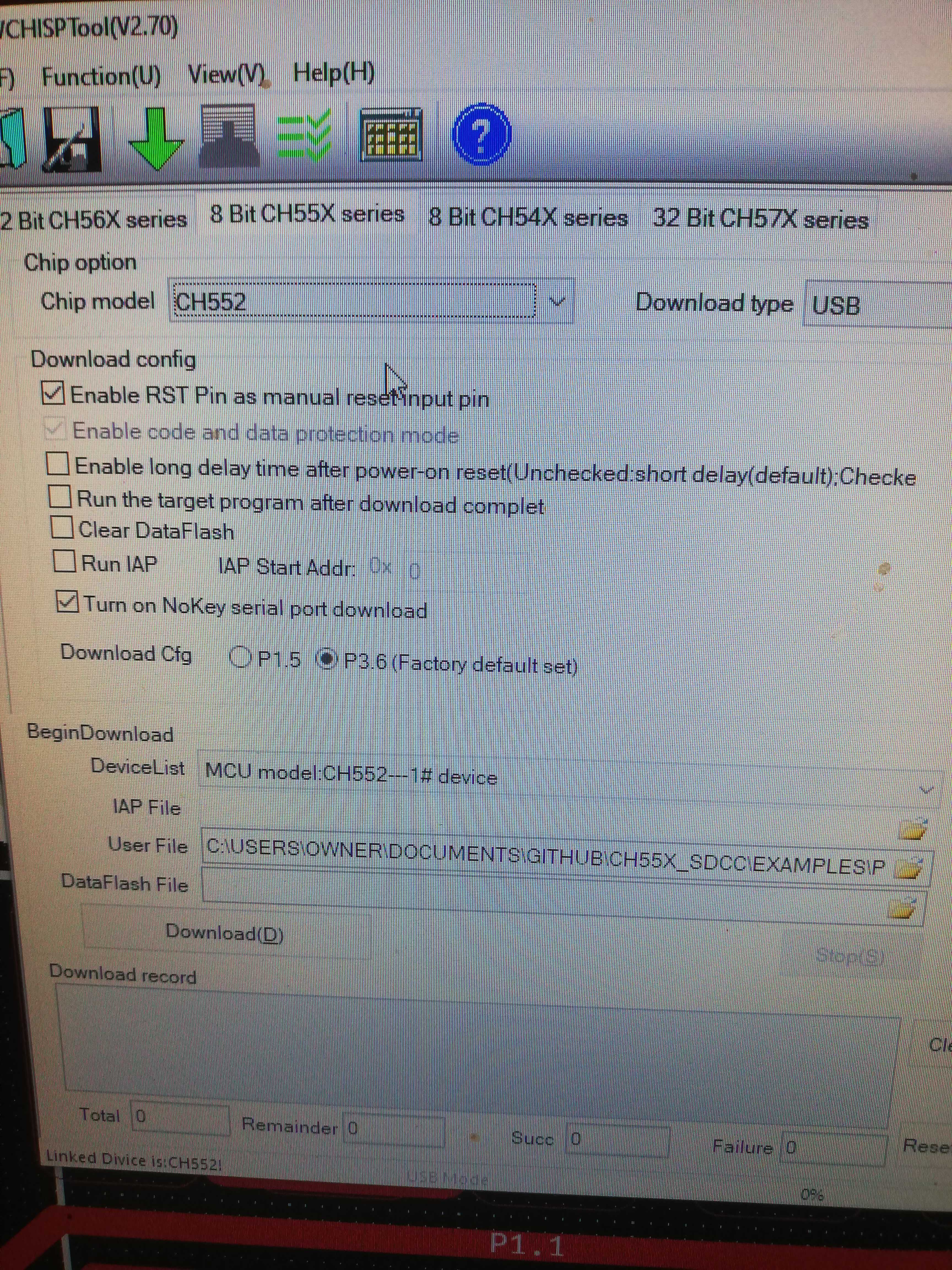
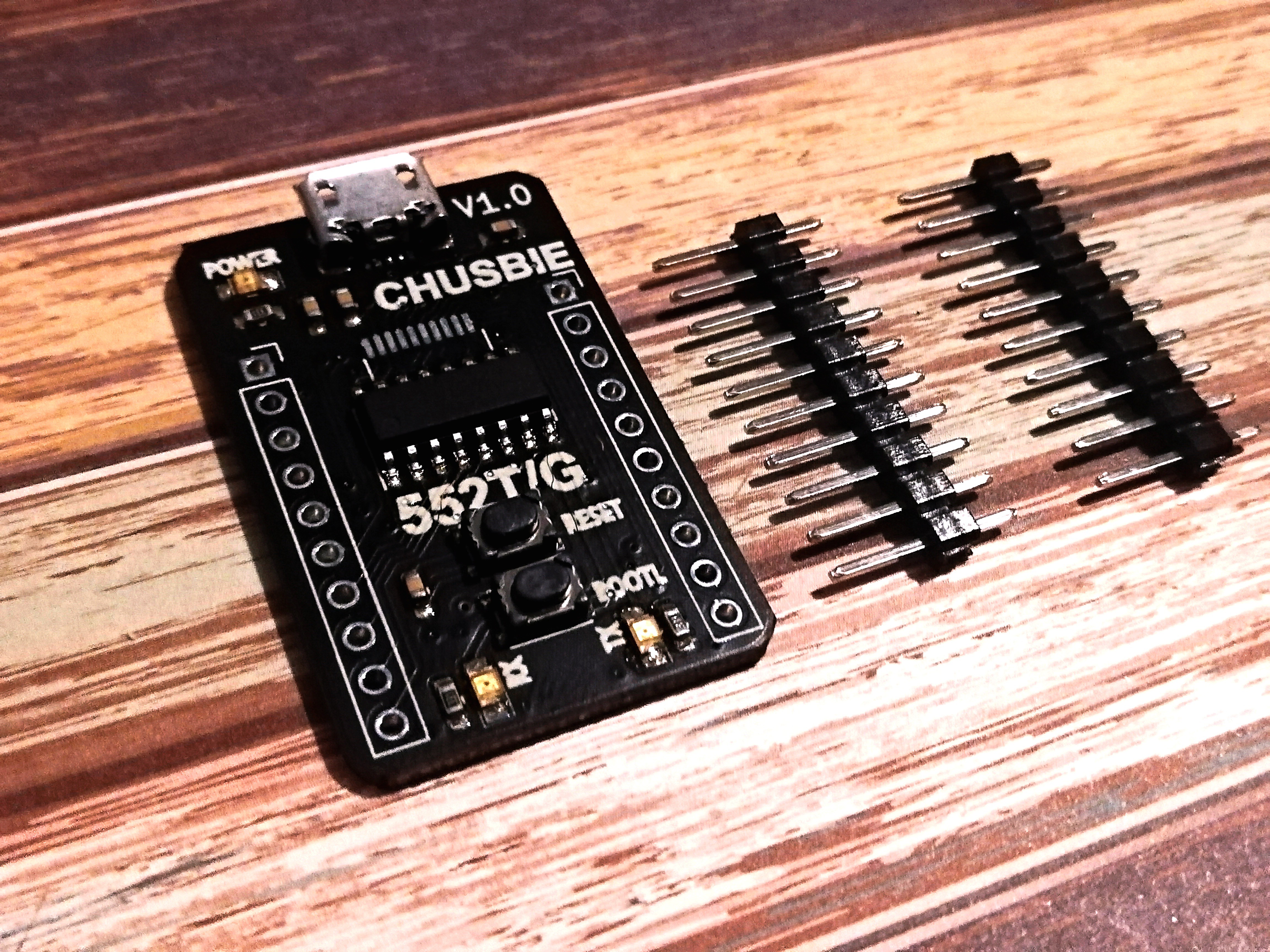
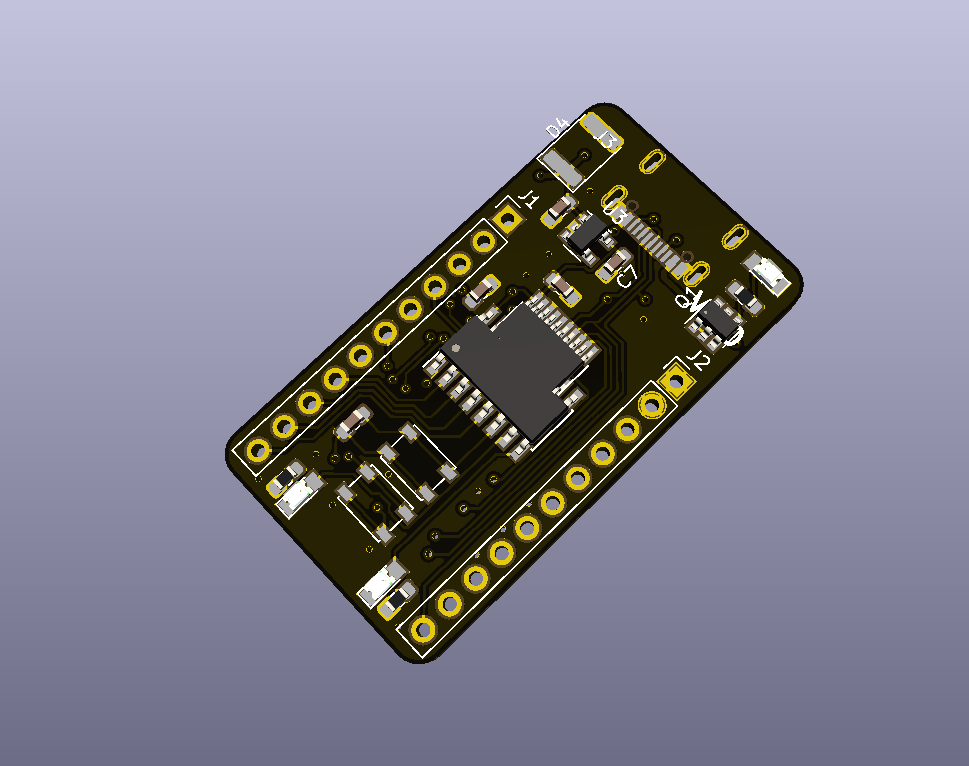
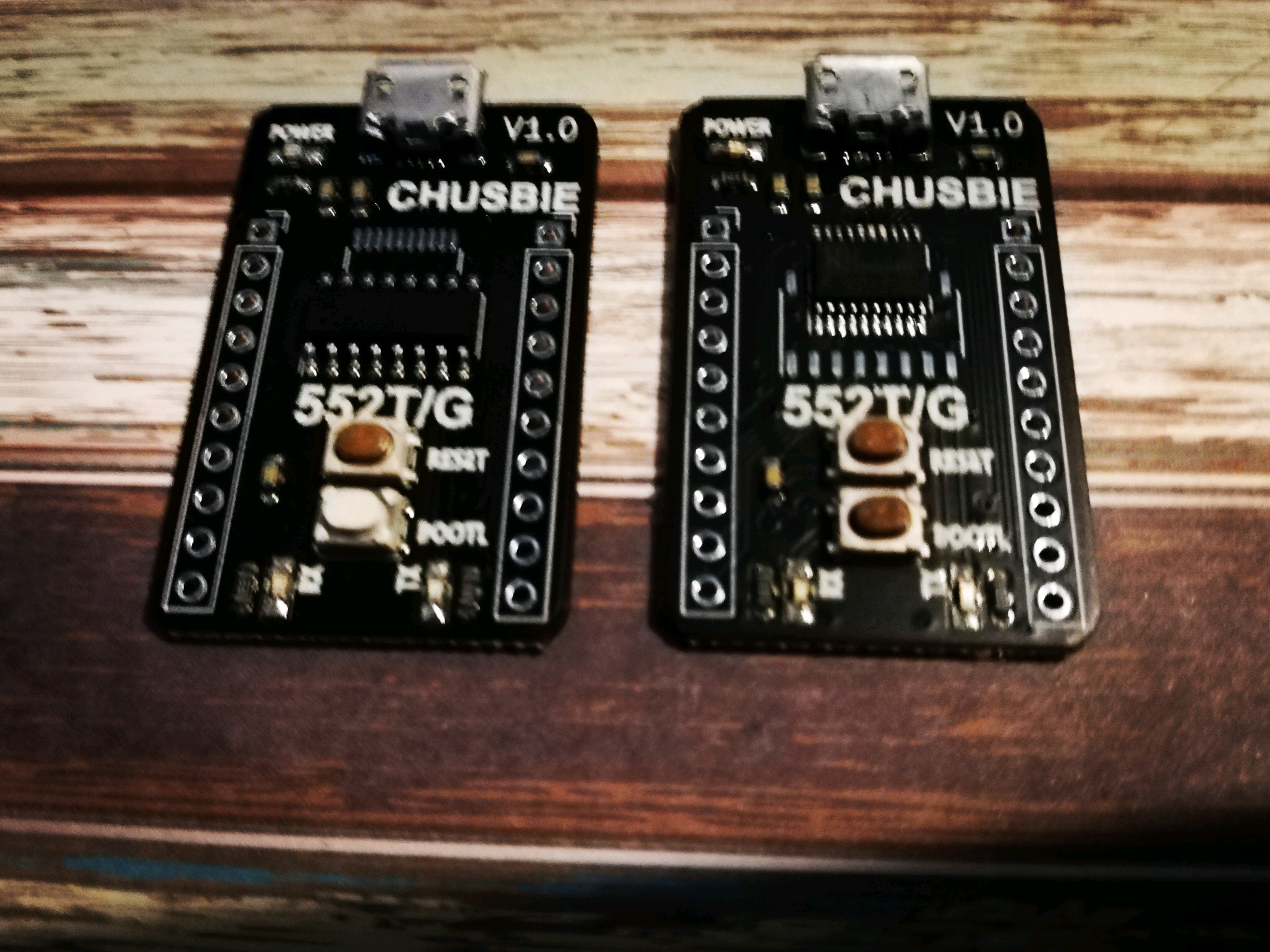
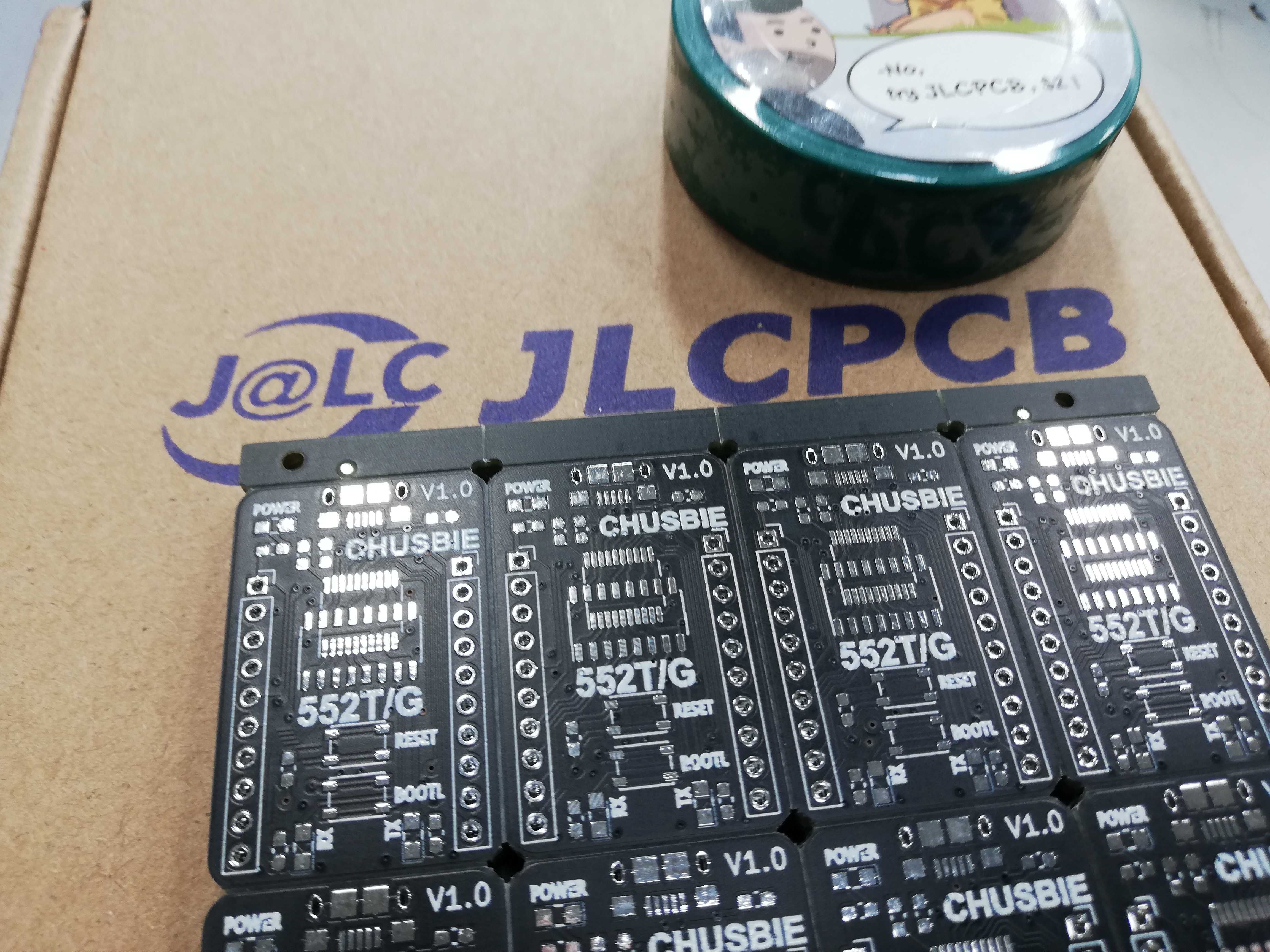
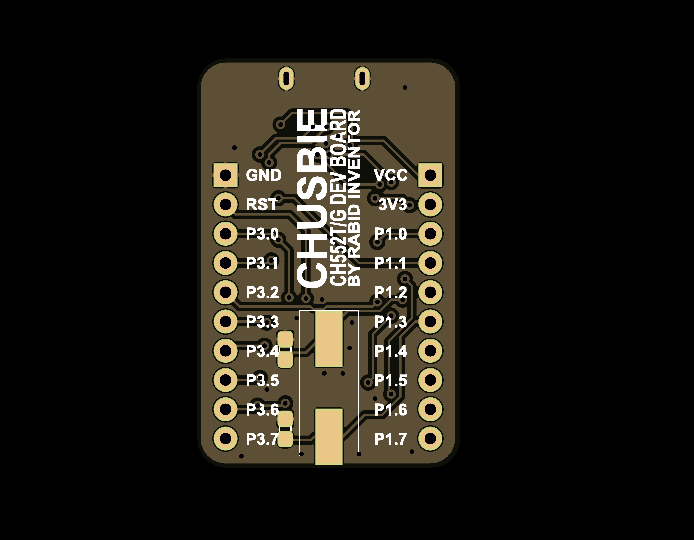
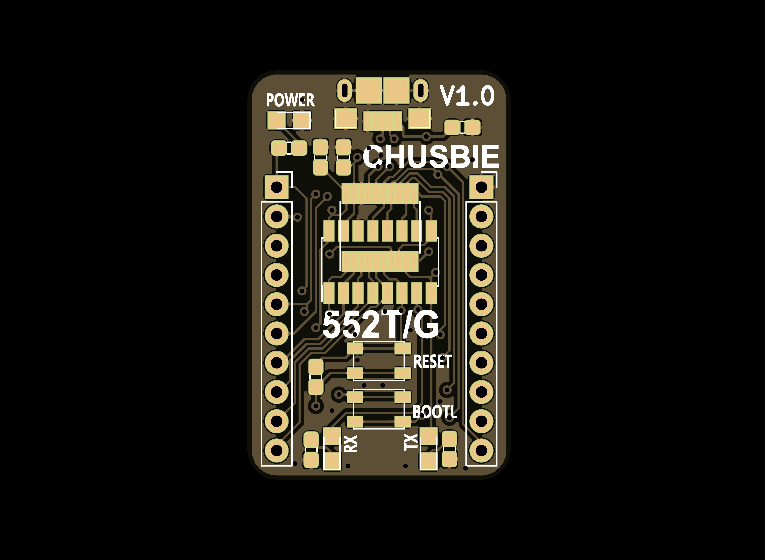



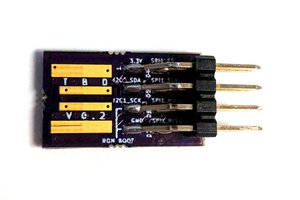
 ajlitt
ajlitt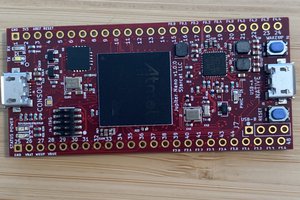
 Adam Feuer
Adam Feuer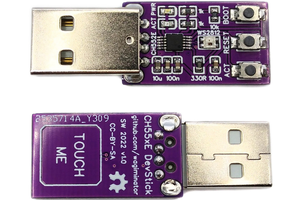
 Stefan Wagner
Stefan Wagner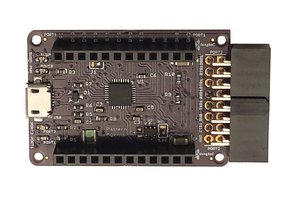
 Pattern Agents
Pattern Agents
This is a very neat idea!! I can imagine a lot of possibilities for chips like these especially for simple USB-enabled devices or even just an all-around tinker tool. Sucks that this isn't supported as much as other microcontrollers though, but you're doing a great job letting other people know cheap MCUs like these exist. I haven't delved into programming with the 8051 cores but this made me want to try.
-CC